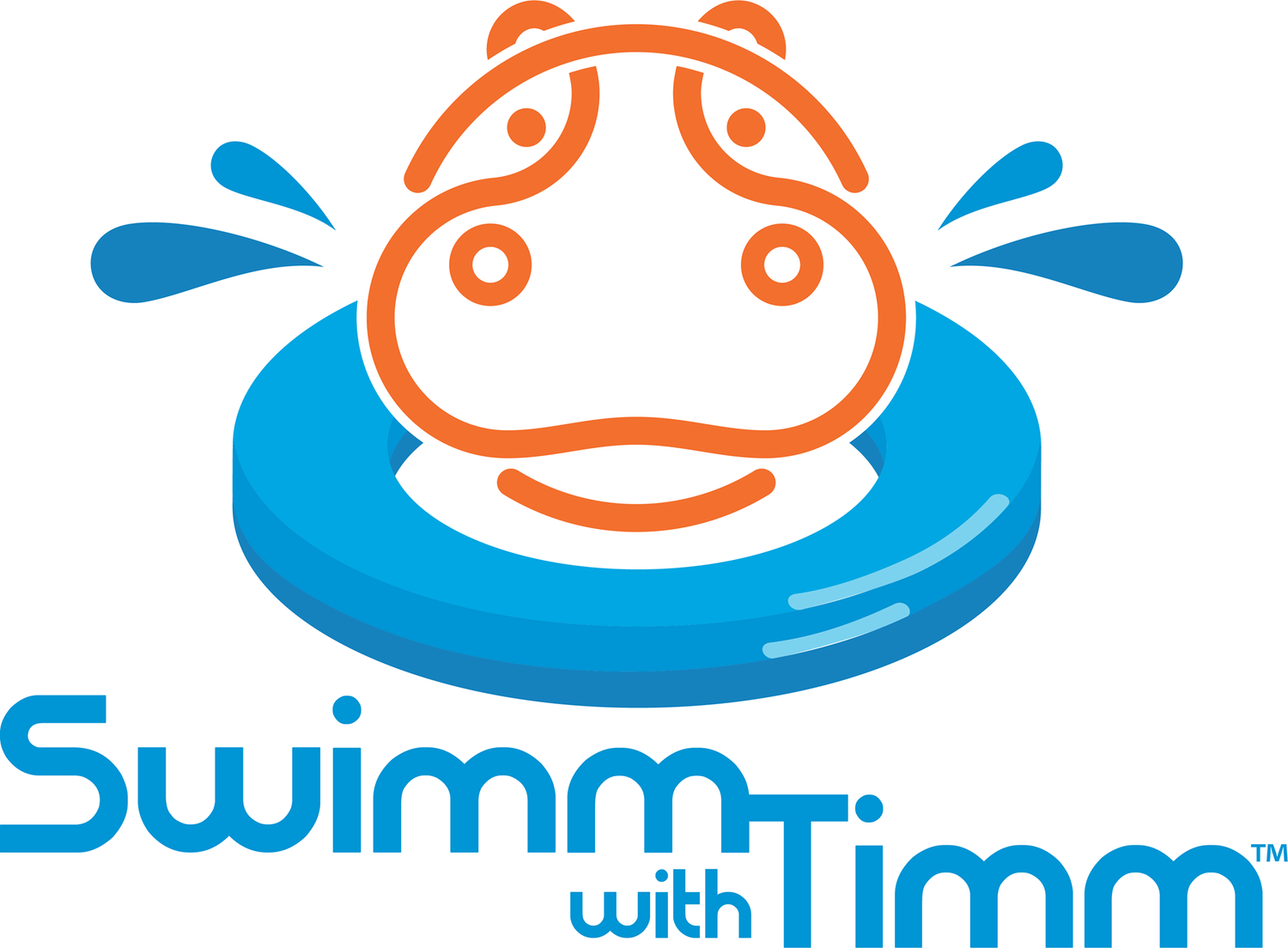Four At-Home Activities that Promote Water Confidence
With summer right around the corner, it is the perfect time for us to share some of our favorite at-home activities that help promote water confidence by encouraging young swimmers to try new things and face their fears. Warmer weather brings plenty of new opportunities for fun in and around the water, and these activities can be worked into many different daily routines. It is important to remember that learning to swim takes time, and children will react differently to these activities. As their parents, you know your children best, making you the perfect person to help them navigate through these new sets of obstacles. Some of these activities are also incorporated into our curriculum, and by practicing them at home, you will help reinforce and build upon the water confidence that your children are already starting to develop.
1. Buckets
Buckets can help us introduce water to some of our younger swimmers. This is an activity that we regularly work into our classes, and can also be carried over into bath time at home. It is great for new swimmers, or those who struggle with things like putting their face in, or getting their ears wet.
We begin by “washing” the student’s hands and arms, gradually working our way to their shoulders and hair. As they gain more confidence and begin to have more fun with it, we encourage them to take a BIG BREATH in (while closing their eyes and mouth). Once we see them beginning to prepare themselves, we can start to pour water over their faces. It is important to see them giving you a reaction when you say, “1, 2, 3, BIG BREATH!” as they begin to understand what they need to do in order to keep the water out of their eyes and mouth. This can be accompanied with the song, “This is the way we wash our hands, wash our hands wash, our hands. This is the way we wash our hands, in this swimming pool (or bubble bath).”
This is also a great time to encourage your children to learn through mimicking your behavior. If they are able, have THEM ask YOU to take a big breath, and show them exactly what they are supposed to be doing. This will not only help them learn and gain confidence to try it themselves, but will also make them laugh and have fun.
2. Elevator Time
This is another great activity to help encourage new or nervous swimmers to feel more confident putting themselves under water.
We divide the face into four “floors”, with the elevator beginning at the top floor and working our way down: 4th Floor = Chin, 3rd Floor = Lips, 2nd Floor = Nose, 1st Floor = Eyes.
The goal is to have your child feel confident enough to lower the “elevator” all the way down to the first floor, meaning they will put their eyes all the way under the water. You can hop from floor to floor, having them go up and down at different points, until they feel confident going all the way under. Once they are able to reach the “first floor”, continue the activity to help them feel more and more comfortable going up and down.
It is important to remind your swimmer to take a big breath when they are ready to put their face in the water. This prevents them from accidentally putting their face in and inhaling under water.
3. Treasure Hunt
This is a new activity we have begun incorporating into some of our more intermediate and advanced classes. However, when in a smaller body of water, like a bath tub, this becomes a great activity for all skill and confidence levels. It will encourage children to put their faces in the water, and also help them begin to understand breath control.
Premise: You are pirates looking for buried treasure! ARRGG! Begin by placing several sinking toys at the bottom of the tub (you may give them goggles ifs they’d like). When they are ready, remind them to take a big breath, and ask them to find a SPECIFIC toy at the bottom of the tub. They will have to submerge themselves underwater, taking a big enough breath to hold themselves under the water until they are able to locate the toy you asked them to find.
The treasure hunt game requires them to activate several areas of cognition, and teaches them how to control their breathing and focus their minds on a specific task. As opposed to simply asking them to dunk their faces in the water.
4. Books
Books and stories have always been an incredible way to begin meaningful conversations with your kids. We go to them for help in discussing potty training, new siblings, difficult transitions, and so much more. There are also countless books that help aid in the discussion surrounding water safety, water confidence, and how to face new challenges. The following 5 books are some of our favorites for varying ages and confidence levels.
Clifford Takes a Swim - Using the skills learned in lessons to have a fun and SAFE day at the pool.
Froggy Learns to Swim - Great for reluctant swimmers and those who might be afraid of the water.
Maisy Learns to Swim - First time experiences. Getting ready for their first lesson.
Peppa Goes Swimming - Addresses common fears. How to encourage nervous swimmers to have fun in the water.
The Deep End - Great for swimmers who will be moving up to a new class, and those who may have a fear of the deep end.


